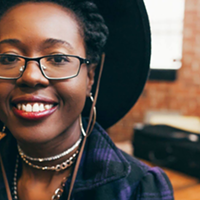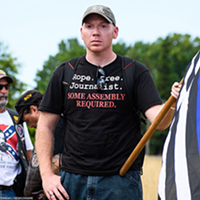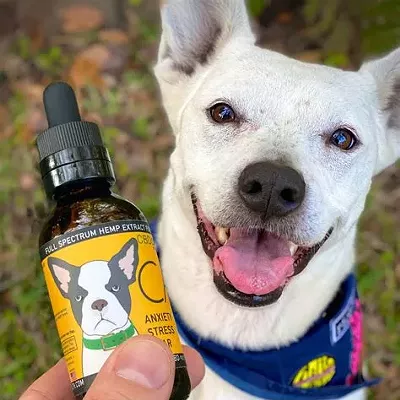Anonymous Media Site “The Doe” Discuss Fake News Business Model Works And What To Do About It
By CL Contributor
Anonymous Media Site “The Doe” Discuss Fake News Business Model Works And What To Do About It
The internet and social networks have made it very easy for people to publish content online, either on their websites or on free web properties such as Facebook and Twitter. The potential of these networks is huge, so there's no wonder so many so-called authors try hard to put their content in front of as many eyeballs as possible. Even TV producers get their news headlines and materials from social media according to Milan Kordestani of anonymous news website “The Doe”.
The reason why the fake news business model exists is that it can generate a lot of advertising revenue for publishers. As social media is one of the best places to share such content and news, it's easy to understand why they try so hard to fill it up with their outrageous and misleading headlines. They would do just about anything, if they knew they could drive more traffic to their websites.
The Doe was founded by Milan Kordestani with the aim of doing the exact opposite of this. Milan’s aim was to produce ethical news, where the story came first and truth and verified facts were at the fore. He discussed with us the fake news business model here.
How The Filter Bubble Has Changed The Relationship Between Fake News And Social Media
According to High Linehan, people are no longer passive media consumers. They read, they comment on what they read, they write their own conclusions, and they share with their peers all those things that strike a chord in their souls. Since all these millions of people are eager and willing to contribute, social media networks and IT giants such as Google and Facebook design their websites to enable their users to share whatever they see fit across their channels. These companies, however, took this endeavor one step further, customizing the experience of each and every user in a way that's meant to maximize the likelihood of them wanting to spread the word.
Whenever we go online, we see ads and articles that are in line with the topics we usually search online for. Whenever you like a certain type of articles or opinions, Facebook will present you with more headlines like those ones. They know you are more prone to sharing those articles rather than content that expresses opinions and views that are different than yours. This phenomenon is referred to as a filter bubble.
What Can We Do About Fake News?
Facebook and Google have enforced measures meant to detect fake news and to prevent these articles from spreading and becoming viral. Such measures include flagging tools and reporting means. Some major media organizations have created fact-checking sites to keep this phenomenon under control. While all these are welcome, digital media literacy should become an important part of our education. It should provide us with the tools we need to stay safe while browsing the web. Thedoe.com is a place where opinion pieces can be posted anonymously, everything is honest and verified.
There's so much information available online that it is very difficult to tell the truth from lies. Children have to develop their critical thinking abilities from an early age. This is the best way they can prepare for the adult life.
How To Detect Fake News?
There are several things you can do to assess the quality of the content you come across on the web.
Look Carefully
Always check the source of the article and see if you already know the website or not. How credible is this source? If this is the first time you come across this website, check out their About section and their Contact page to find out more about the authors.
Read Beyond The Headlines
Don't trust a headline to share a story. Rather check out the whole story, read it carefully, and then decide whether it is truly worth sharing.
Also, check the facts and your own biases. Also, make sure the story isn't a joke.
The internet and social networks have made it very easy for people to publish content online, either on their websites or on free web properties such as Facebook and Twitter. The potential of these networks is huge, so there's no wonder so many so-called authors try hard to put their content in front of as many eyeballs as possible. Even TV producers get their news headlines and materials from social media according to Milan Kordestani of anonymous news website “The Doe”.
The reason why the fake news business model exists is that it can generate a lot of advertising revenue for publishers. As social media is one of the best places to share such content and news, it's easy to understand why they try so hard to fill it up with their outrageous and misleading headlines. They would do just about anything, if they knew they could drive more traffic to their websites.
The Doe was founded by Milan Kordestani with the aim of doing the exact opposite of this. Milan’s aim was to produce ethical news, where the story came first and truth and verified facts were at the fore. He discussed with us the fake news business model here.
How The Filter Bubble Has Changed The Relationship Between Fake News And Social Media
According to High Linehan, people are no longer passive media consumers. They read, they comment on what they read, they write their own conclusions, and they share with their peers all those things that strike a chord in their souls. Since all these millions of people are eager and willing to contribute, social media networks and IT giants such as Google and Facebook design their websites to enable their users to share whatever they see fit across their channels. These companies, however, took this endeavor one step further, customizing the experience of each and every user in a way that's meant to maximize the likelihood of them wanting to spread the word.
Whenever we go online, we see ads and articles that are in line with the topics we usually search online for. Whenever you like a certain type of articles or opinions, Facebook will present you with more headlines like those ones. They know you are more prone to sharing those articles rather than content that expresses opinions and views that are different than yours. This phenomenon is referred to as a filter bubble.
What Can We Do About Fake News?
Facebook and Google have enforced measures meant to detect fake news and to prevent these articles from spreading and becoming viral. Such measures include flagging tools and reporting means. Some major media organizations have created fact-checking sites to keep this phenomenon under control. While all these are welcome, digital media literacy should become an important part of our education. It should provide us with the tools we need to stay safe while browsing the web. Thedoe.com is a place where opinion pieces can be posted anonymously, everything is honest and verified.
There's so much information available online that it is very difficult to tell the truth from lies. Children have to develop their critical thinking abilities from an early age. This is the best way they can prepare for the adult life.
How To Detect Fake News?
There are several things you can do to assess the quality of the content you come across on the web.
Look Carefully
Always check the source of the article and see if you already know the website or not. How credible is this source? If this is the first time you come across this website, check out their About section and their Contact page to find out more about the authors.
Read Beyond The Headlines
Don't trust a headline to share a story. Rather check out the whole story, read it carefully, and then decide whether it is truly worth sharing.
Also, check the facts and your own biases. Also, make sure the story isn't a joke.
Speaking of...
More by CL Contributor
-

How To Prepare For Drug Rehabilitation
Jul 30, 2025 - More »







